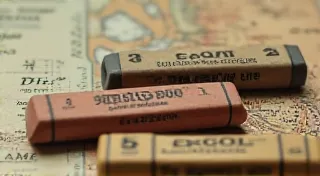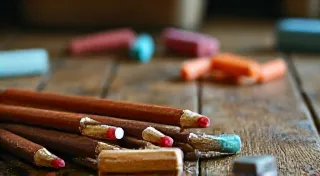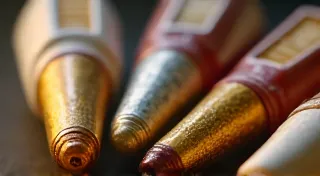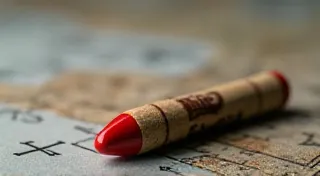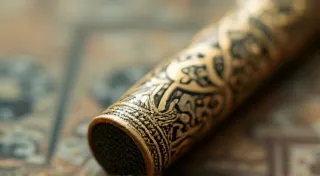Spotlight on German Vintage Erasers: Quality and Craftsmanship
Welcome to the fascinating world of vintage pencil erasers! While many collectors focus on American or British erasers, the German contribution to the realm of collectible stationery deserves significant attention. German vintage erasers, produced primarily between the late 19th and mid-20th centuries, are renowned for their exceptional quality, intricate designs, and the sheer variety of materials and techniques employed. This article will delve into the key characteristics of these treasures, offering insights into their identification and, where possible, a general understanding of their value.
A History Rooted in Precision
Germany’s reputation for engineering excellence extended to its stationery production. Following industrialization, German factories began producing increasingly sophisticated and artistic erasers to meet the growing demand from students, artists, and professionals. The emphasis was on precision – in the manufacturing process itself and in the overall aesthetic of the finished product. This contrasts, in some ways, with the often simpler, more utilitarian designs found in erasers from other regions.
The rise of mass production didn't necessarily diminish the quality of German erasers. Many factories maintained high standards, incorporating skilled craftsmanship alongside modern techniques. This resulted in erasers that are not only functional but also pleasing to hold and admire. The periods of unrest – World War I and World War II – significantly impacted production, leading to a shift in materials and designs, and ultimately influencing the collectibility of specific eras.
Materials: From Porcelain to Rubber & Everything In Between
German vintage erasers showcase an impressive range of materials. While rubber was, of course, a primary component, the manner in which it was used, and the materials combined with it, sets them apart:
- Rubber: German rubber erasers frequently demonstrate a higher quality rubber than found in many other nations erasers. This meant it was more pliable, erased more cleanly, and retained its shape better over time. Different grades of rubber were utilized, impacting the eraser’s feel and performance.
- Porcelain: One of the most distinctive features of German vintage erasers is their prevalence in porcelain. German factories leveraged their expertise in ceramics to create exquisite erasers often elaborately decorated with hand-painted scenes, flowers, or portraits. These porcelain erasers are highly sought after by collectors.
- Metal: Metal erasers, typically made from brass or aluminum, were also common. These were often more robust and were frequently adorned with engraved details or embossed designs. The metal used often indicates the era of production – earlier erasers more often feature brass.
- Celluloid: The use of celluloid (early plastic) led to uniquely shaped and colored erasers, although these are often more brittle due to the degradation of the material over time.
- Composition Rubber: This is a term for rubber mixed with other materials, often to alter hardness or colour.
The combination of materials, particularly the union of rubber with porcelain or metal, results in erasers that are truly remarkable examples of ingenuity.
Image 1: 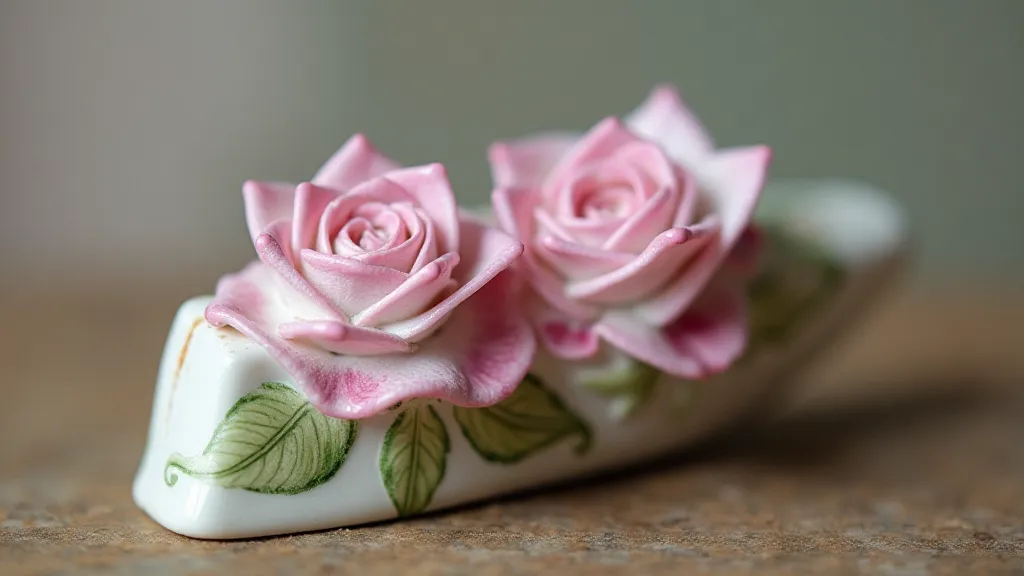
Identifying Marks and Manufacturers
Identifying the manufacturer of a German vintage eraser can be challenging, but certain marks and characteristics can provide clues.
- Factory Marks: Many German factories stamped their names or logos directly onto the eraser. These markings can be subtle and may require a magnifying glass to identify. Common names to look for include:
- Kreul: Kreul was a significant German stationery manufacturer, known for its wide range of products. Their erasers often feature a distinctive logo.
- Lyra: Another well-known brand that produced high-quality stationery, including erasers.
- Koh-I-Noor Hardtmuth: Although of Czech origin, Koh-I-Noor had significant production in Germany and produced many pencils and erasers.
- Faber-Castell: A globally recognized brand, Faber-Castell’s earlier erasers are highly desirable.
- Patent Numbers: Erasers often bear patent numbers, which can be researched to determine the manufacturer and date of production.
- Designs: Certain design motifs and styles were associated with specific factories, providing further clues to their origin.
- Size and Shape: While not definitive, the size and shape of an eraser can sometimes provide hints about its manufacturer.
It's worth noting that many smaller, local manufacturers existed, and identifying these often requires extensive research and collaboration with other collectors.
Popular Styles and Designs
German vintage erasers exhibit a diverse array of styles and designs, reflecting the artistic trends and manufacturing capabilities of the time.
- Figural Erasers: Erasers shaped like animals, people, or objects were especially popular. These often showcased detailed sculpting and painting.
- Scenic Erasers: Porcelain erasers depicting landscapes, historical scenes, or portraits were highly prized.
- Art Deco Erasers: The Art Deco period (1920s-1930s) saw the emergence of sleek, geometric designs, often incorporating chrome or Bakelite accents.
- Novelty Erasers: These were designed to be amusing or whimsical, often incorporating playful shapes and colors.
- Architectural Erasers: Shaped to look like building features, such as pillars or window frames.
Image 2: 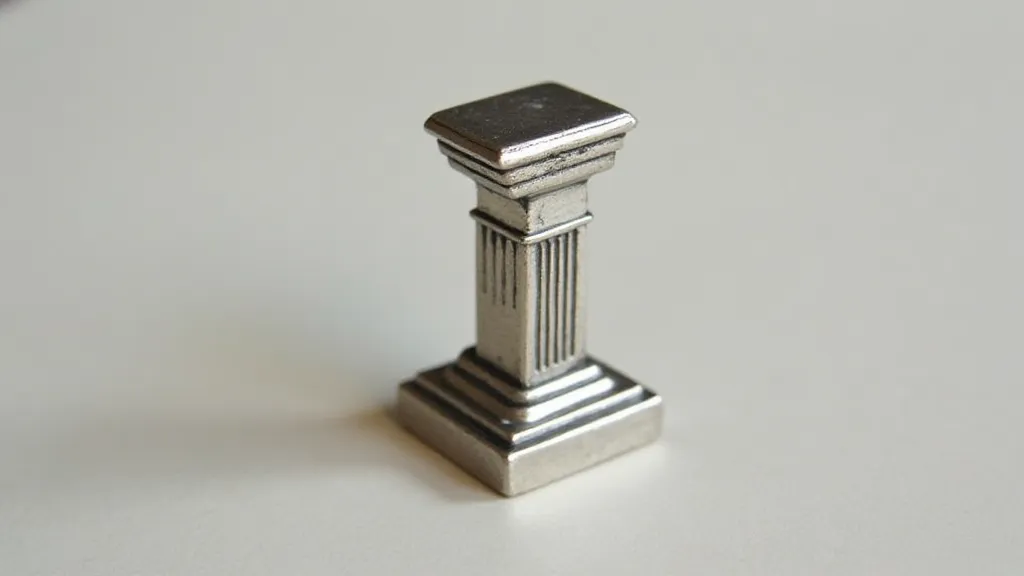
Value Considerations
Determining the value of a German vintage eraser is complex and depends on several factors:
- Rarity: The rarer the eraser, the higher its value. This can be influenced by production numbers, distribution methods, and the eraser's survival rate.
- Condition: Condition is paramount. Erasers in excellent condition, with minimal wear and tear, command significantly higher prices.
- Material: Porcelain and metal erasers are generally more valuable than rubber erasers.
- Manufacturer: Erasers from well-known and respected manufacturers, such as Kreul or Faber-Castell, are often more desirable.
- Design: Unique and intricate designs, particularly those showcasing artistic merit, increase an eraser's value.
- Demand: Collector interest and demand play a crucial role in determining value.
Prices can range from a few dollars for common rubber erasers to hundreds, or even thousands, of dollars for rare and exceptional porcelain pieces. Researching recent sales and consulting with experienced collectors can provide a better understanding of current market values.
Preservation Tips
Proper care and storage are essential for preserving your collection of German vintage erasers:
- Store in a cool, dry place: Avoid exposure to heat, moisture, and direct sunlight.
- Protect from dust and dirt: Use archival-quality storage boxes or display cases.
- Handle with care: Avoid excessive handling, which can cause wear and tear.
- Clean gently: Use a soft cloth to remove surface dust and dirt. Avoid harsh chemicals or abrasive cleaners.
- Display with care: If displaying erasers, use stable stands and avoid placing them in areas where they are likely to be knocked over.
Image 2: 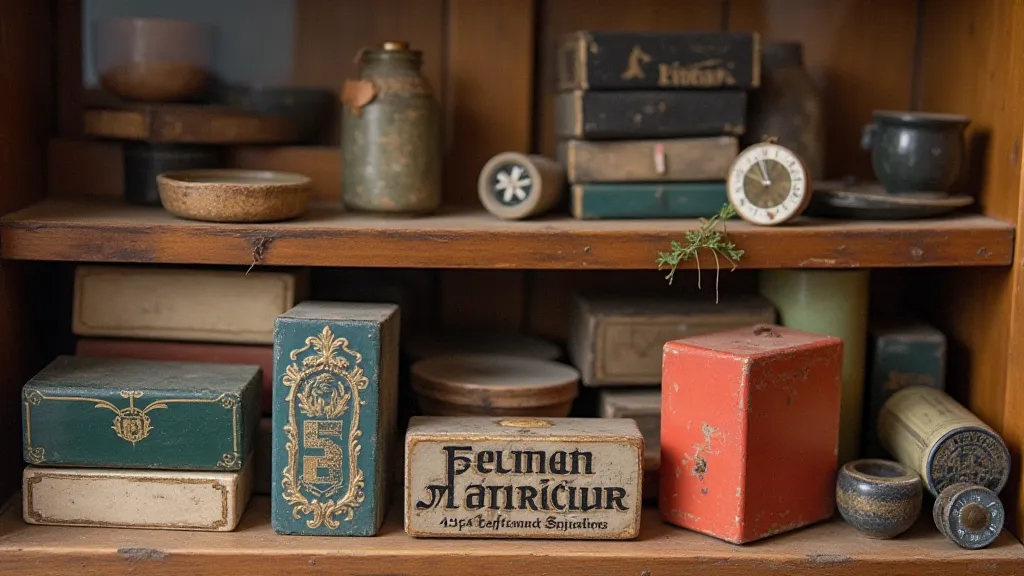
Conclusion
German vintage erasers represent a fascinating intersection of art, engineering, and history. Their exceptional quality, intricate designs, and the stories they embody make them highly sought-after collectibles. By understanding their materials, identifying marks, and appreciating their historical context, you can gain a deeper appreciation for these remarkable treasures and embark on a rewarding journey of collecting these tangible pieces of the past.
